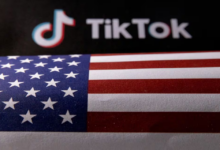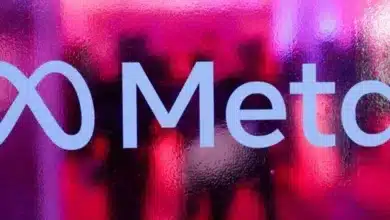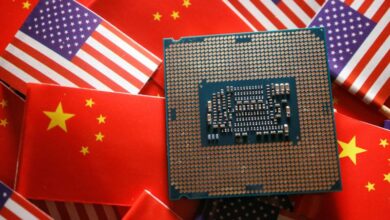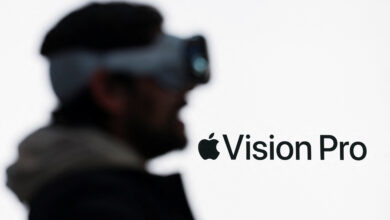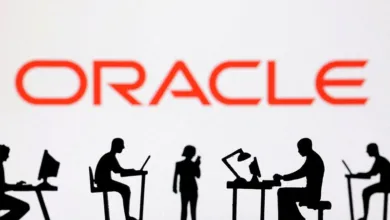This election cycle, don’t fall for deepfake images and movies. How to Identify AI
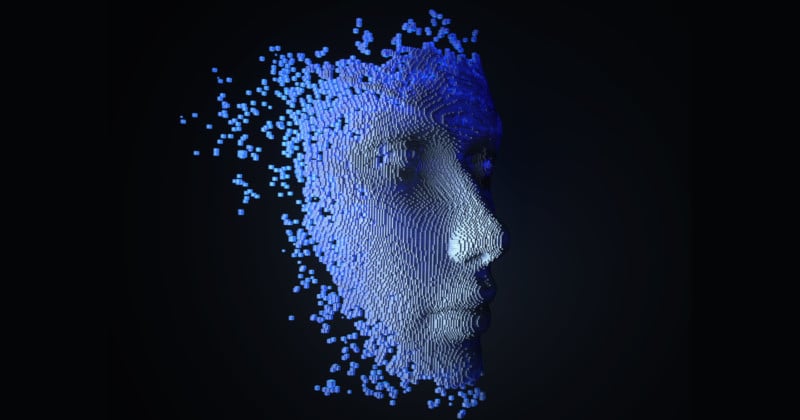
President Joe Biden told you to hold your vote in a deepfake audio robocall. Furthermore, a fake film purporting to show Donald Trump meeting Black voters circulated just last week.
This election season, AI deepfakes are a major issue, and it’s simple to fall victim to them, especially when your news and social media feeds are overflowing with this fake content.
By the way, if you have fallen for a scam, you are not alone. According to a study by the University of Aberdeen in Scotland, over two-thirds of people are unable to distinguish between real voices and visuals produced by artificial intelligence. Those are terrible odds. The following guidelines can help you safeguard your vote:
“Verified” does not imply “viral.”
Virtually all of the clickbait produced by artificial intelligence is promoted on social media and isn’t released by reputable media sources. Of course, these publications occasionally make mistakes, but that’s still unusual.
While I support citizen journalism, I advise sticking to reliable sources when it comes to our elections. Anonymized accounts that post without having a reputable person or organization associated with them should be avoided.
Do your research before sharing something on Facebook, especially if it’s just some random individual you’ve never heard of.
Seek out other insurance.
Although they can create a convincing image or video, scammers are unable to fabricate the context. I guarantee that anything said by Biden or Trump will be covered extensively and from multiple perspectives, particularly if it is wildly speculative.
Your internal AI detector ought to activate if you can locate only one source for a given information. To confirm, use Snopes, VerifyThis, or Google Fact Check Explorer.
Expert advice: Look up relevant terms on Google and on social networking sites like Instagram, TikTok, and YouTube. You may even take screenshots of important portions of the film and perform a reverse image search if you’re having trouble finding what you’re looking for.
Decelerate
While everyone is busy and in a rush, sometimes it’s worthwhile to take a moment to slow down, particularly when something truly moves you. Emotion is a major factor in the creation of deepfakes. The point is to make you mad, sad, or scared enough to share.
Examine the demeanor of political personalities carefully. As distinct as fingerprints are they. Every time President Barack Obama said, “Hello, everybody,” in one of his weekly addresses, he would lift his head and scowl slightly. A video’s star may very well be an imposter if they give off the impression of being one.
Use this AI image checklist if you’re unsure.
Because there is so much publicly available video of politicians speaking in front of identical backgrounds, it might be difficult to identify election fakes. Still, you can apply these rules to confirm whether or not it’s artificial intelligence:
◷ Backgrounds: Uncertain, blurry backgrounds, smooth surfaces, or uneven lines are instant giveaways that an image was created using artificial intelligence.
◎ Context: Apply common sense; if the landscape deviates from the existing weather, time of year, or the realm of possibility, it is likely artificial.
◍ Proportions: Look for items that appear excessively enormous or little, or that seem crammed together. This also applies to features, particularly to the fingers, feet, and ears.
◍ Angle: When the person is directly facing the camera, deepfakes look the most realistic. Glitches could show up whenever someone starts to turn and go to the side
Text: AI is not a speller. Check labels and signs for misspellings.
◽Chins: You did indeed hear me. In candidate films generated by AI, the lower portion of the face is the most noticeable feature. Though it’s minor, observe whether their neck or chin twitches abnormally or exaggeratedly.
◾ Fingers and hands: Look for odd positions, too many fingers, extra-long digits, or hands out of place.
If you notice it, don’t spread it
I realize that some of these pictures and videos are funny or even shocking, but they’re endangering our elections. Stay away from the “Great American Fake-Off.” If you’re going to share something you know is AI-generated, call it out clearly in your text or post. Really, you’re better off not sharing it at all.

